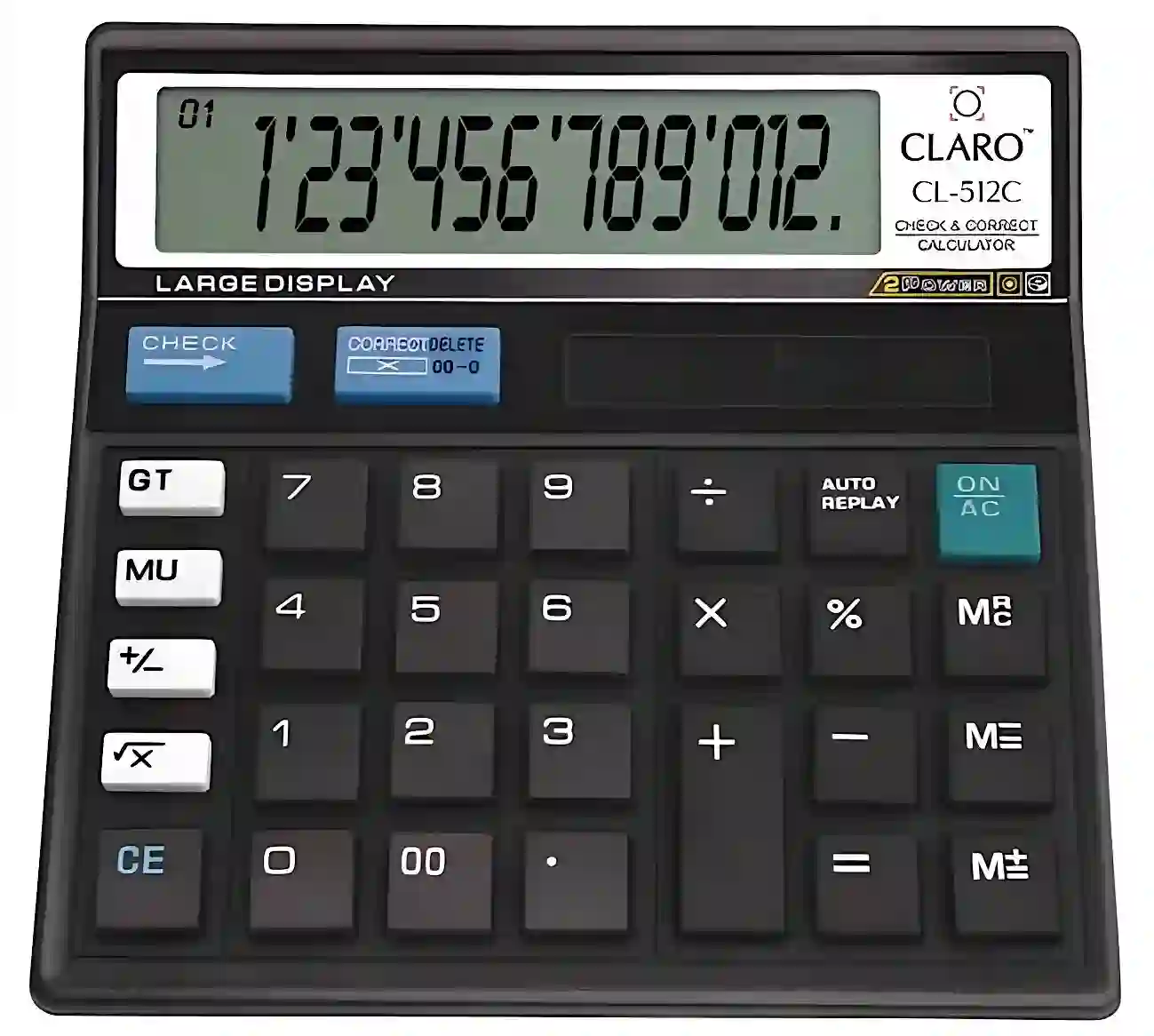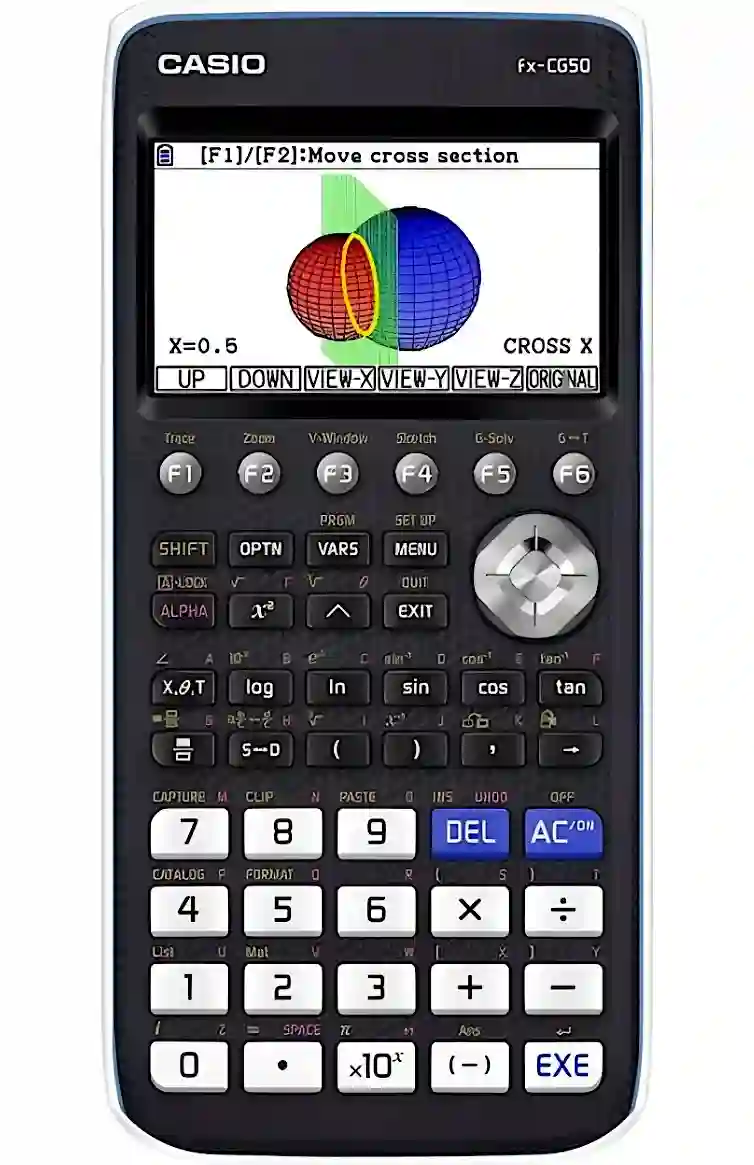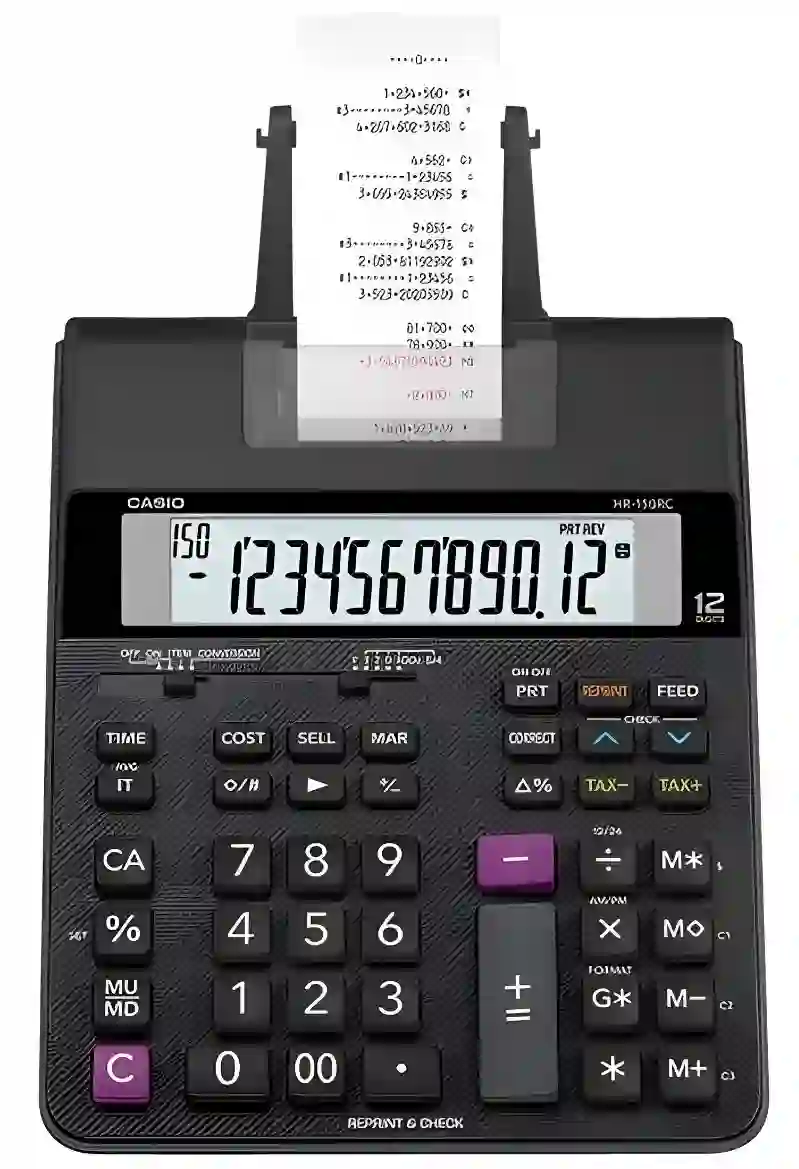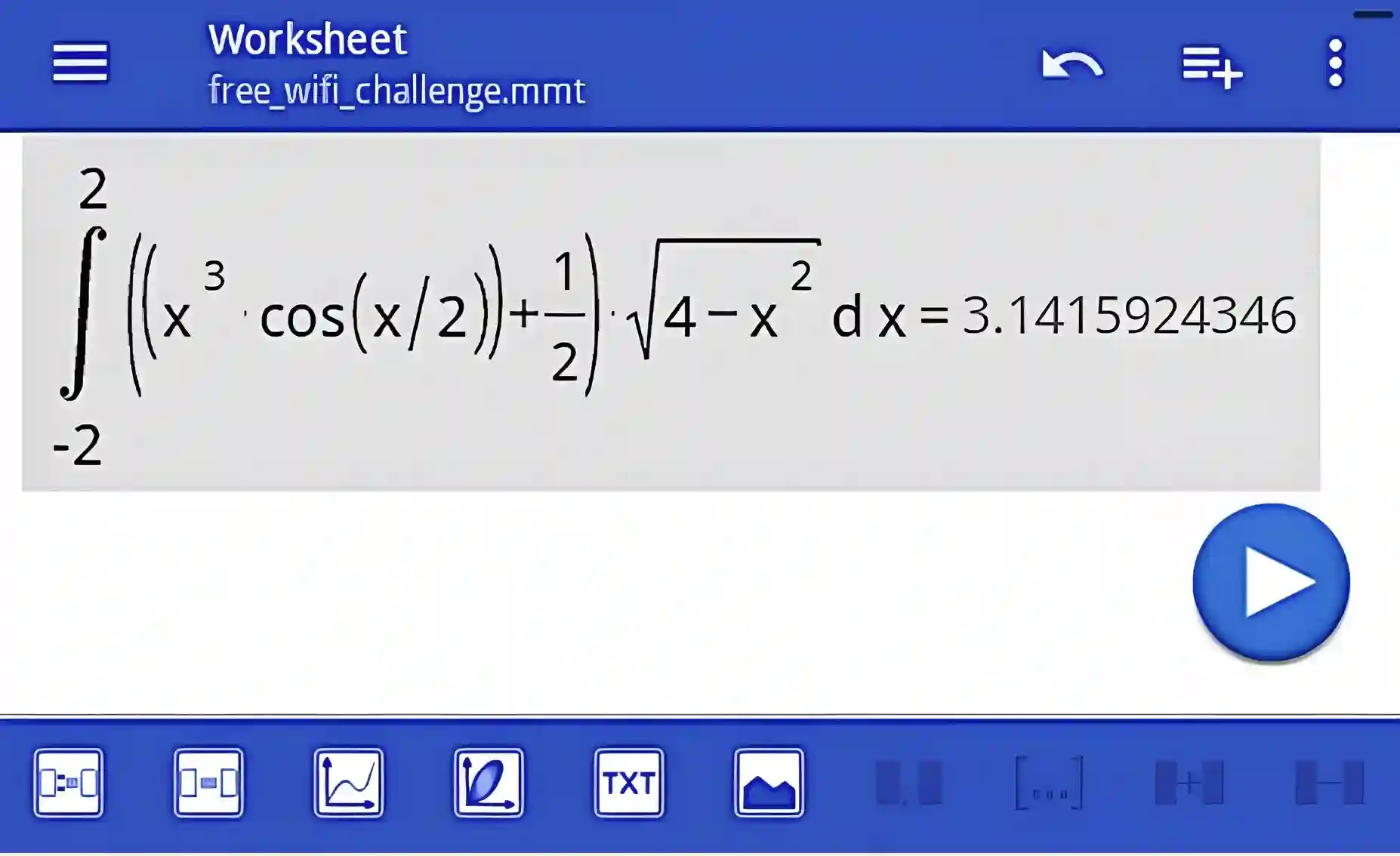The calculators we’re familiar with originated in the 1960s, and smartphones started doubling as calculators in the 1990s. However, that doesn’t imply that mathematical tools were absent a century ago.
Long before the digital era and smartphone evolution, various computing machines were crafted. Take the abacus, for instance—a venerable tool employed in ancient civilizations across the Near East, Europe, Russia, and China. Remarkably, it predates the widespread use of the written Hindu-Arabic numeral system.
Today’s calculators are pretty savvy—they get their energy from both batteries and the sun. Now, let’s break down the types of calculators you can find out there, depending on what you want to use them for.
Table of Contents
Abacus
Abacus is a nifty tool and has been around since ancient times, and now it’s not just for quick math—it’s a star in brain development programs. Studies even back it up, saying that abacus training can shake things up in your brain in a good way.
The word ‘abacus’ got its groove from the Greek ‘abax,’ meaning ‘counting table.’ it’s a wooden frame with rods standing tall, and beads that slide up and down on them. Each rod plays the role of a special place value, and each bead as its own number.
Simple Calculators
Every home and office often has a trusty basic calculator. These little gadgets are ideal for handling everyday calculations and elementary math operations like addition, subtraction, multiplication, division, exponentiation, and logarithms.
Typically equipped with an 8- to 12-digit display (usually in LCD seven-segment format) and physical input keys, these calculators are both practical and user-friendly. They’re versatile too, running on batteries during low-light conditions and seamlessly switching to solar power when ample light is available.
Notable features of basic calculators include an extra-large display for easy reading, recheck functions to catch and confirm errors, and an on-display indicator for active constants to minimize manual mistakes. Some models go the extra mile with dedicated keys tailored for speedy calculations of square roots, taxes, and percentages.
Advanced Scientific Calculators
Scientific calculators are the go-to tools for tackling complex problems in the realms of science, engineering, and mathematics. These calculators are equipped to handle a wide array of functions, including statistical and trigonometric calculations, and some even boast the prowess to delve into computer algebra.
The inaugural scientific calculator, the HP-9100A, made its debut in 1968, marking the genesis of a lineage that has seen the creation of thousands of portable and handheld scientific calculators by various manufacturers. Casio stands out prominently as a major player in this market today.
Graphing Calculators
In certain specialized domains, the torchbearer of computation has shifted from scientific calculators to the more versatile graphing calculators. These tech wonders can graph functions, solve simultaneous equations, and manipulate variables.
What sets them apart from basic calculators is their expansive displays, capable of presenting multiple lines of text, intricate figures, and calculations simultaneously.
The inaugural commercial graphing calculator, the fx-7000G, debuted in 1985 courtesy of Casio. Since then, the landscape has evolved, witnessing the emergence of advanced calculators featuring swifter processors, expanded memory, and nifty USB connectivity. Today, the calculator arena is primarily dominated by Texas Instruments and Casio.
Print Calculators
Before personal computers became household staples, printing calculators held their own in popularity. These are straightforward calculators that not only display results on an LCD screen but also imprint them onto paper.
Print calculators come in desktop and portable variants, powered by batteries and/or AC power. They find a sweet spot in the toolkit of shopkeepers and accountants, seamlessly printing bill receipts, calculating profit margins, and efficiently tracking time for payroll purposes.
Web-Based Calculators
In the contemporary landscape, a plethora of calculators is readily available on the internet, each designed for specific tasks. Take the BMI calculator, for instance, which factors in weight and height to determine body mass index.
Likewise, pregnancy calculators prove handy in estimating a woman’s due date, leveraging key pregnancy information. There’s a spectrum of online calculators, including tools like calorie calculators, aiding individuals in deciphering their daily calorie intake for weight loss or maintenance.
Formula Calculator
These handy tools work by figuring out all the in-between values before serving up the final result.
Using them is a breeze. You type in your math expression using the keyboard, involving standard symbols such as +, -, *, and /. If your math involves symbols and non-commutative operators, just ensure you follow the right order.
Here’s how they work: the calculator takes your expression, breaks it into manageable pieces—parentheses, numbers, and operators—and meticulously evaluates each part. It’s like having your own personal math assistant, handling all the nitty-gritty calculations behind the scenes.
And it’s not just limited to standalone calculators. Many software programs, like databases and spreadsheets, also come equipped with formula-calculation superpowers. With these, you can simply write down the formulas, telling the program what needs to be done, without having to sweat over step-by-step calculations. Easy, right?
How Capable Are Today’s Scientific Calculators?
In the world of modern scientific calculators, the capabilities are quite impressive. They not only handle basic arithmetic but also dive into the complexities of mathematics. Advanced features include operations on complex numbers and constants like e and pi. Need to calculate trigonometric functions, logarithmic functions, exponential functions, or roots beyond the square root? No problem.
But that’s not all; high-end scientific calculators take it up a notch. They go beyond your standard math fare and embrace Boolean mathematics, calculus, statistics and probability calculations, matrix calculations, and even the conversion of units. In essence, they’ve become versatile tools catering to a broad spectrum of mathematical needs.
Exploring Specialized Calculators and Where They Shine
Different fields have their own special calculators, each loaded with features customized for specific tasks. Here are a few examples:
1. Aviation Calculators:
- What They Do: These calculators are like the pilots’ best buddies. They help with altitude, airspeed, wind correction, fuel consumption, and flipping between different aviation units.
- Real-world Use: Aviation enthusiasts often keep a dedicated calculator handy for quick in-flight calculations.
2. Construction Calculators:
- What They Do: The unsung heroes of construction sites, these calculators are wizards at estimating projects, crunching material numbers, and converting measurements.
- Real-world Use: Construction pros often have their trusty calculators by their side for on-the-spot project management.
3. Surveying Calculators:
- What They Do: Surveying tasks becomes a breeze with these calculators. They handle traversing, triangulation, and coordinate juggling across various systems.
- Real-world Use: Surveyors depend on calculators designed for their specific needs, making complex surveying tasks more manageable.












